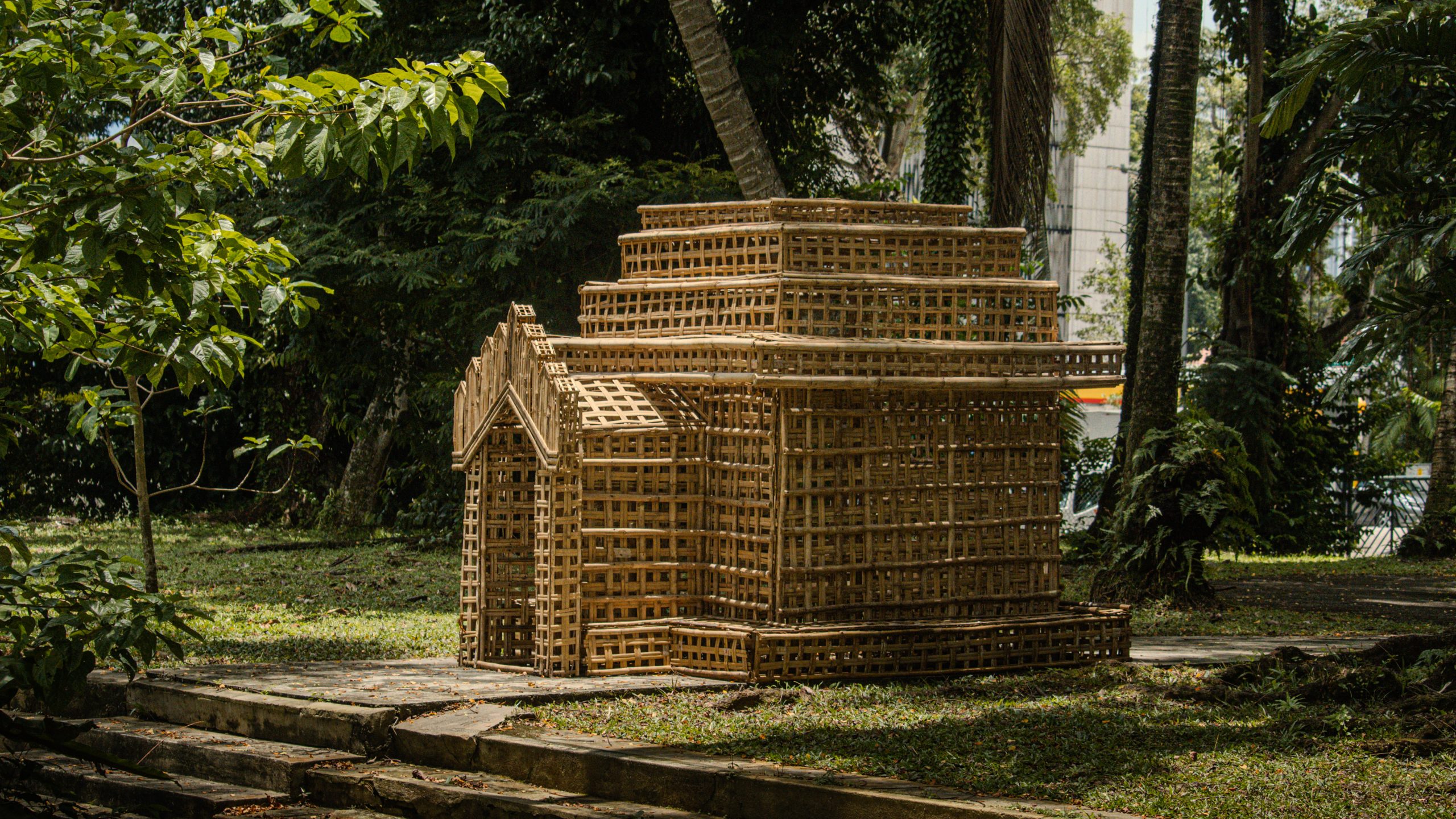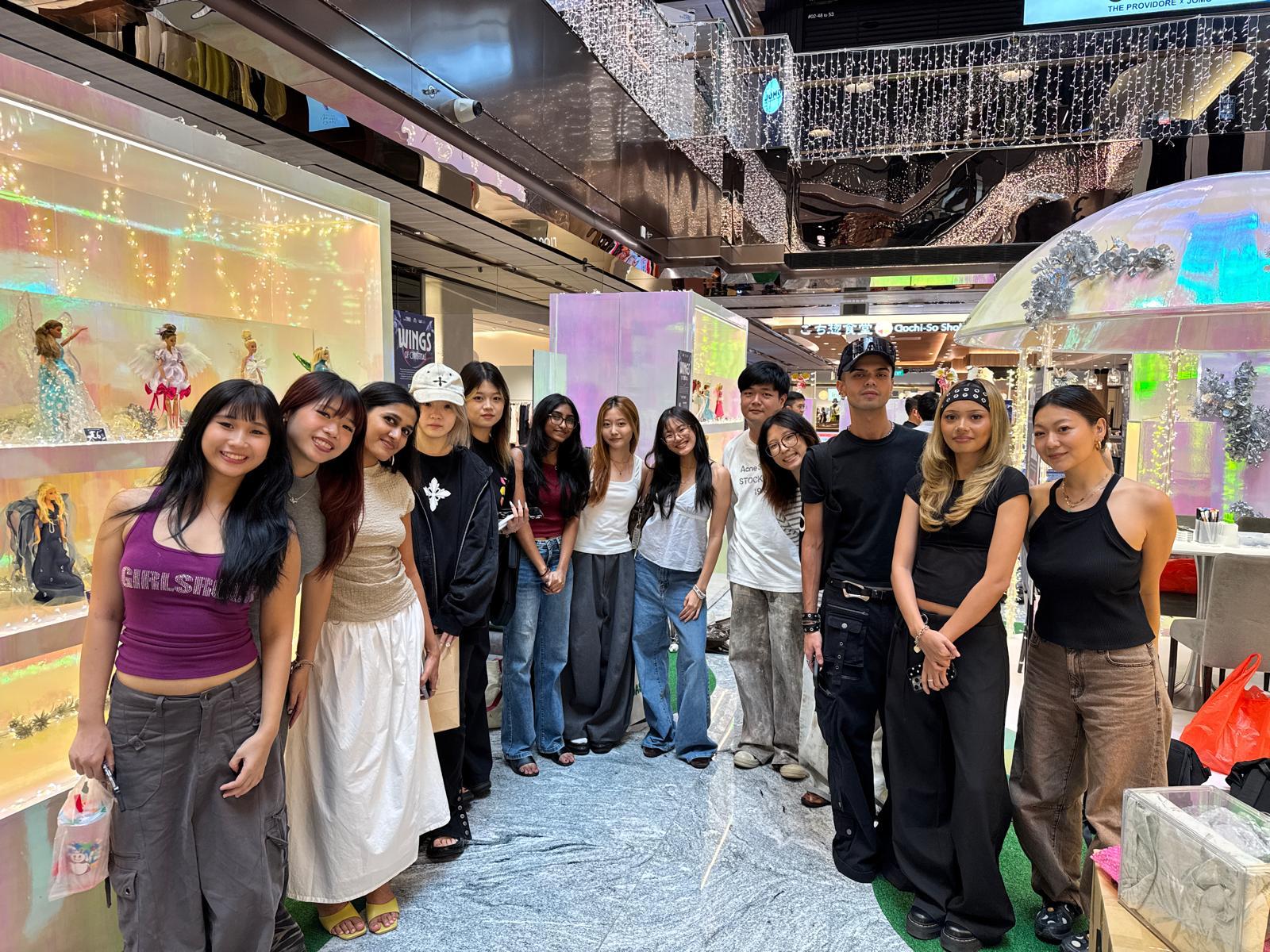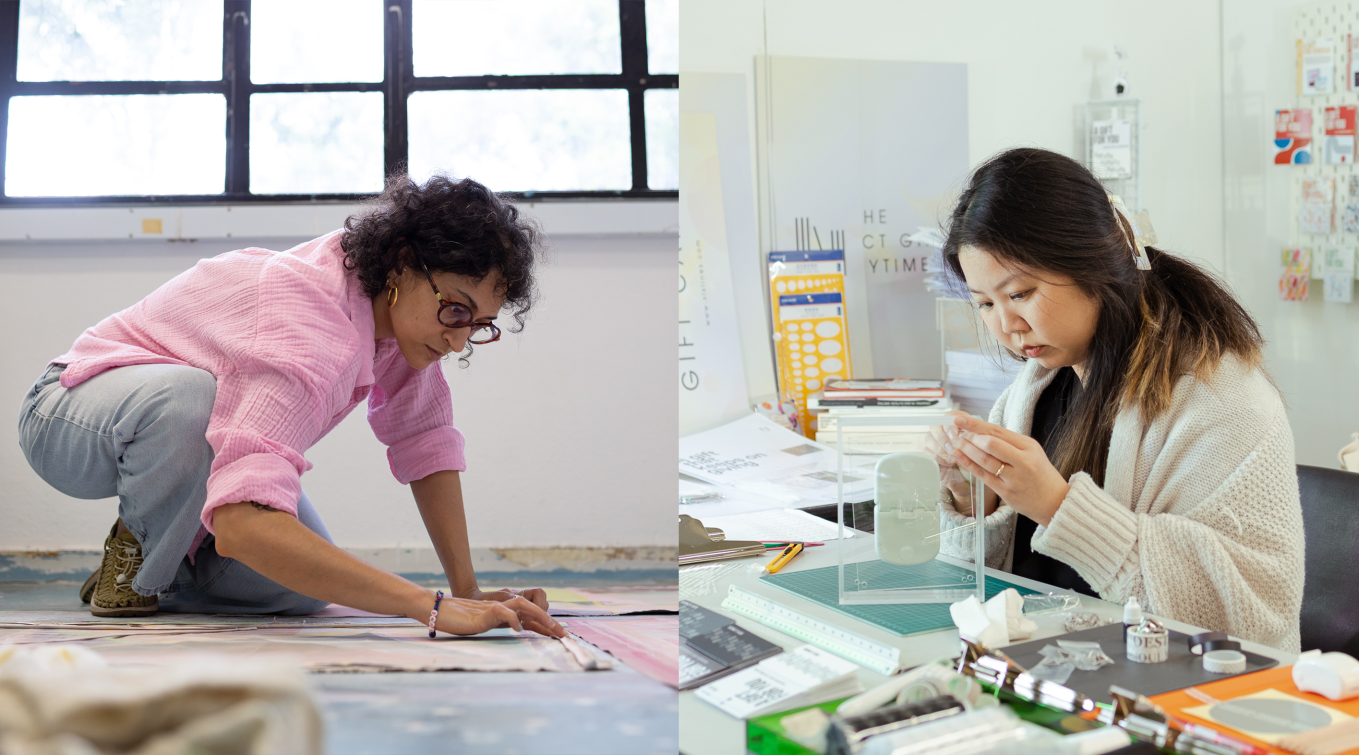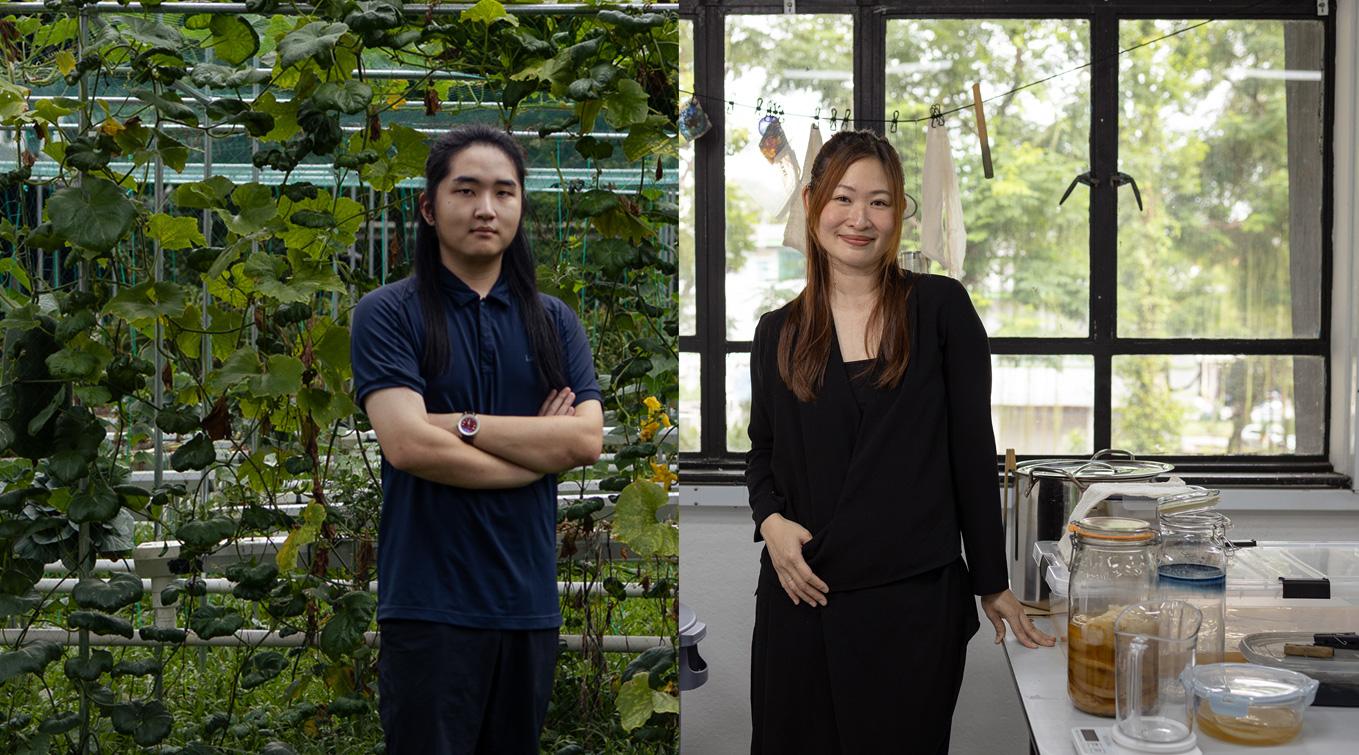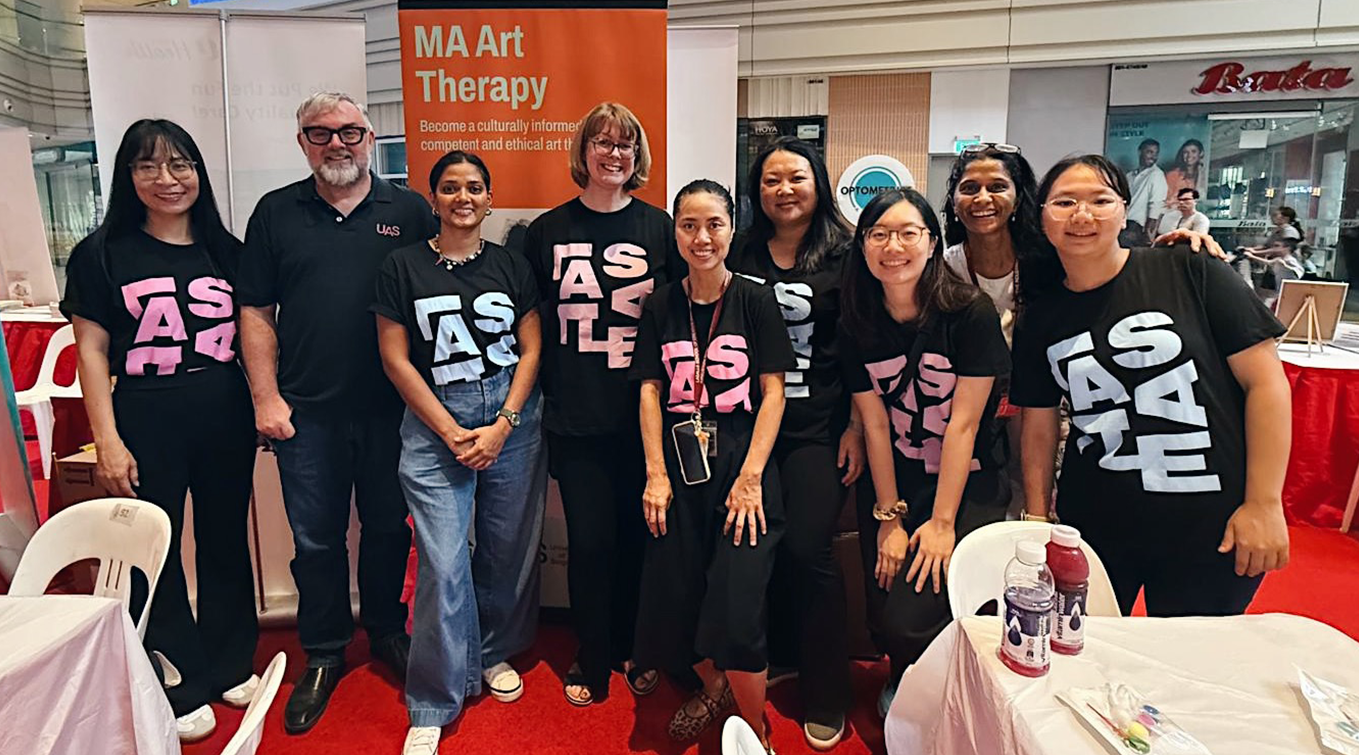In conversation with: Usha Chandradas and Pauline Gan on injecting fun into the way we talk about art
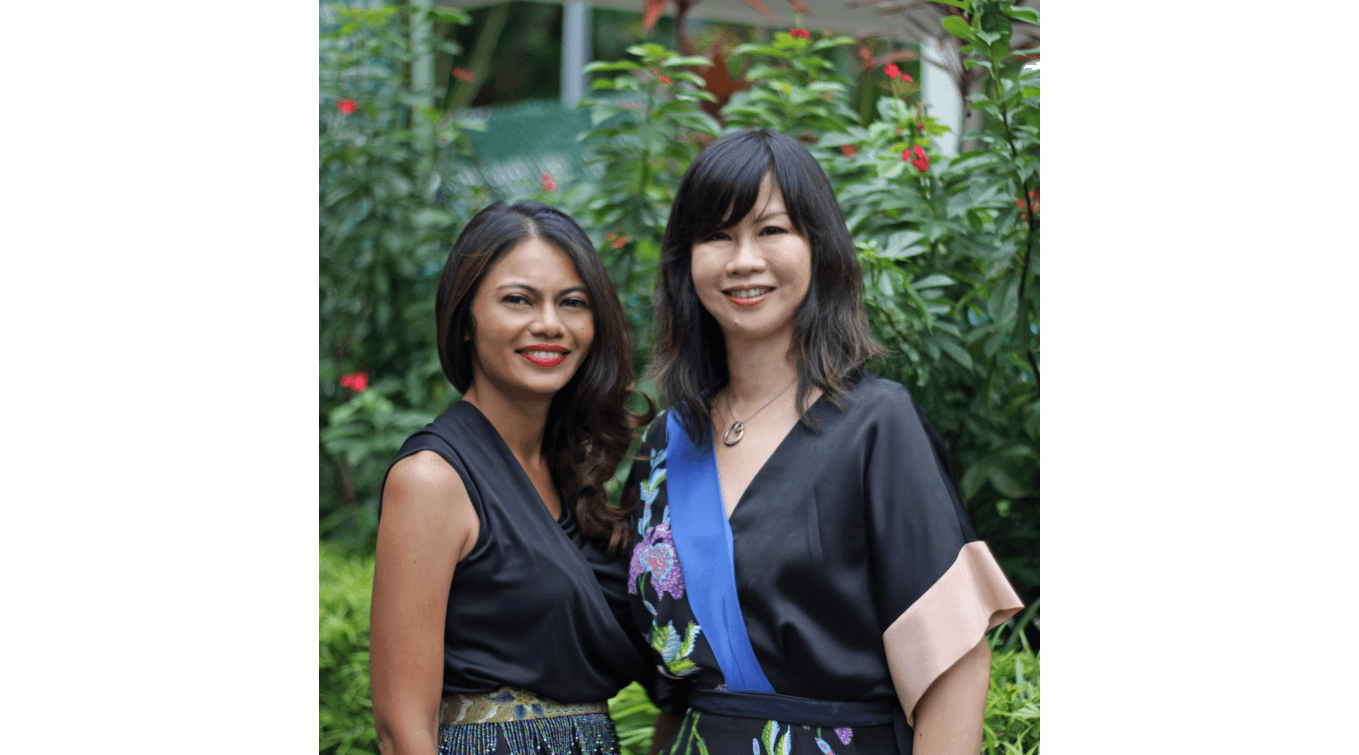
From a student-run blog to its current incarnation as an art magazine with a difference, Plural has come a long way. Covering a wide range of topics in Southeast Asian art, Plural has succeeded in attracting a sizeable following – from art insiders to casual museum goers. Its secret to maintaining a growing readership in a time of digital content saturation? Easy, breezy language that bypasses jargon and makes understanding art fun. We sat down with Plural co-founders and MA Asian Art Histories (MA AAH) alumni Usha Chandradas and Pauline Gan to find out more about their love of art, the vitality of art history, as well as how LASALLE’s MA programme served as a stepping stone to a career in the arts.
Both of you come from legal backgrounds. What attracted you to the arts?
Usha: As a regular museum goer, I have always been interested in the visual arts. I took my interest further by attending night classes at LASALLE. They were fun and provided a great respite from my busy work schedule as a lawyer in a large firm. From fashion drawing and draping, to introductory courses on Asian art history, this eventually led me to apply for the full-time Masters programme in Asian Art Histories, which was where I met my Plural co-founder, Pauline. We have been working together since to bring our online magazine to life.
Pauline: I started going to art galleries and museums when travelling overseas, and also during my postgrad studies in the US. I enjoy looking at and experiencing art, much in the same way I enjoy reading or listening to music – some works strike a chord and when you can relate to them at a personal level, they can affect you deeply and profoundly. I did not know much about local and regional art until becoming a docent at the Singapore Art Museum in 2008. I enjoyed learning about Singapore and Southeast Asian art, sharing what I knew with visitors, and this fuelled my appetite for more knowledge. So eventually I enrolled in the MA Asian Art Histories programme at LASALLE.
What insights, do you think, art history affords into the here and now?
Usha: One of our art history lecturers, Dr Wulan Dirgantoro, once mentioned that art history is basically about understanding societies and communities as viewed through the lens of their art. It is such an apt and succinct definition and it has stuck with me since. I think that the world right now is seeing so much fragmentation and disruption of old ways of thinking and being so it’s more important than ever to have thoughtful and honest dialogue. Art is one such way to communicate and art history gives us a roadmap of how others before us have approached similar issues.
Pauline: Art history, like history in general, provides us with understanding and insights into the past in order to help us better understand the present, whether as individuals or, as Usha says, a community or society.
Plural has a balance of both serious art writing as well as more lifestyle articles, and its social media presence can be quite irreverent. In your opinion, can the arts afford more levity?
Usha: Certainly, everything in life can benefit from more levity! The visual arts has a reputation for being somewhat inaccessible for a number of reasons, for example, the community’s use of artspeak and jargon, or its association with wealthy patronage. Sometimes these things make us forget that art consumption is also about entertainment (and I use this word in the widest sense of its meaning). This is why an element of fun is what we try to bring across to our readers when we write about lifestyle topics or think about interesting social media content. Levity is therefore an important tool, but the overarching aim for us has always been to communicate that the arts are relevant and for everyone.
Pauline: I agree with Usha that everything in life can benefit from more levity. Injecting wit and humour into our articles and social media posts, where appropriate, is all part of good writing. In-depth knowledge, understanding, criticality and analysis can definitely co-exist with wit and humour – they are not mutually exclusive. You can write about art knowledgably and intelligently without being dull and ponderous and, in fact, you should!
What were your greatest takeaways from your MA studies at LASALLE?
Usha: Meeting Pauline and starting Plural as a student blog!
Pauline: Indeed, it is amazing to have started a blog for fun to share all that we were learning and seeing in the programme, and provide some relief from the demands of academic writing. Who would have thought we could have turned it into a full-time business and passion? It is certainly the greatest takeaway. But that is not to discount what an amazing and impactful experience the programme was in many other ways. We learnt so much and were exposed to so much.
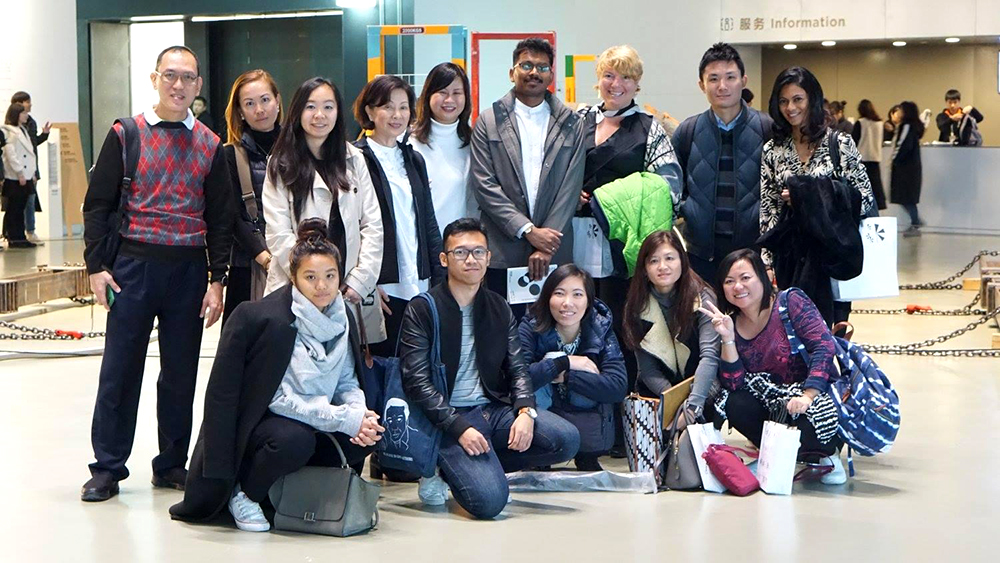
Pauline and Usha with their classmates on a MA AAH study trip to Shanghai. Part of their five-day itinerary included an outing to the 11th Shanghai Biennale. Read about the experience here
What advice would you give to someone who is considering enrolling in LASALLE’s MA Asian Art Histories programme?
Usha: Be aware that while it is an academic programme, the course also allows you to get heaps of practical experience and form new networks and connections. If you are interested in exploring new ventures or thinking of a making a career change, this is a good place to start.
Pauline: Don’t be daunted if you don’t have a background in art history. Art history essays and academic texts may appear challenging at first but like any other specialist field of study, it is a matter of acquiring mastery of the technical language. Persist and you will definitely become familiar with reading and writing about art and art history. As Usha has said, the programme definitely offers more than just an academic course of study. This was something I had not expected when I first enrolled. If you choose to take advantage of all that is offered, you will find yourself fully engaged attending openings and exhibitions, going on overseas trips, meeting artists and curators, and doing internships at major art institutions. The programme is a great stepping stone to a career in the visual arts.
Apply now for our postgraduate programmes.




